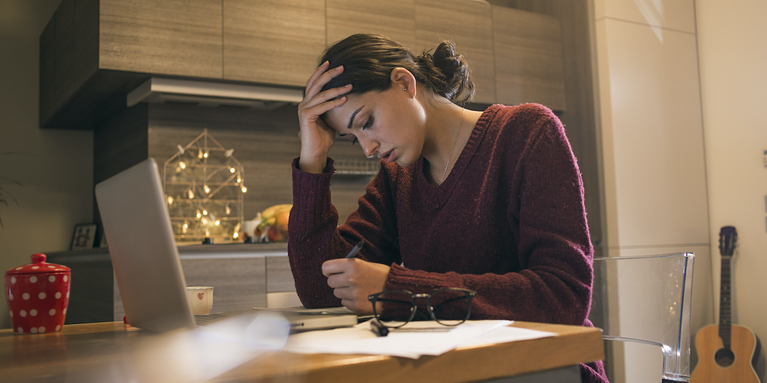It’s the first day of 2021 and I’m already … tired. Usually at this time of year, I have a list of resolutions and goals for the year that I’m bursting with energy to implement. New Year? Bring. It. On.
But this year, after collapsing over the finishing line of 2020 – there’s not a lot of juice in the tank for New Year’s resolutions.
Burnout – previously a millennial thing – affected just about everyone in 2020. Whether you were an essential worker who had to deal with the stress and uncertainty of being out there, working from home with a brain fried after hours a day on Zoom meetings, someone who had lost work during the pandemic, or a parent who suddenly found yourself homeschooling during the day and doom-scrolling at night – no one got out of 2020 unscathed.
Doing more exercise, dropping some kilos, saving money, spending less time on social media, establishing a meditation practice – many traditional New Year’s resolutions are not wholly pandemic-proof. Until there’s a widely available vaccine, 2021 could deliver more of the same shocks and disruptions: coming in and out of lockdown, facilities like gyms shutting, routines being disrupted as we shuttle between working from home and returning to the office.
So I’ve trawled the World Wide Web and garnered advice from a team of virtual experts to offer advice on creating more humble, but potentially more achievable and long-lasting new habits.
My brief? Make each piece of advice as pandemic-proof and achievable as possible, and assume that the people they are advising are really, really tired.
This week, I’m focusing on starting small, shifting my mindset and recognising that habits are linked.
The framework: habit stacking (and starting small)
Dr Breanna Wright, a behavioural change expert from Monash University, says if you are already starting 2021 feeling burnt-out, you should keep your resolutions manageable.
“One of the most important things is not trying to change too many things at once.”
Instead we should start “trying to achieve one change” that can then be turned into a habit. “That’s when the change is really powerful – because once something is a habit you are likely to do it every day.”
When picking a habit to implement “it’s better to focus on one thing at a time and make it specific”.
Action: She advises tying the new habit into an established routine that won’t change – such as meditating in the morning (new habit) before you brush your teeth (old habit).
“If you set up a habit based on something that may change – such as exercising in the middle of the day, then when you go back to the office, you may not be able to keep up that change. Best keep it small and tie the habit into something that won’t change, like getting up in the morning.”
The first step: sleep
Each article I read about the this topic agreed that new healthy habits were connected to each other. So cutting back on drinking alcohol leads to better sleep and better sleep leads to more energy and more energy leads to better food and exercise choices, and so on.
Dr Kate Gregorevic is a geriatrician and internal medicine physician, and author of the book Staying Alive. She says that our first building block should be focusing on good quality sleep as the foundation of good health and longevity.
“We all know how awful you feel after a bad night’s sleep. You are grumpy, you don’t have the same appetite regulation, you’re more likely to reach for ‘sometimes food’ and skip the workout. 2020 has been so stressful – we have all had this incredible tension we’ve lived with for months on end.”
But we can control “having a regular bedtime and wake-up time and establishing good sleep habits”, says Gregorevic.
Once we have my sleep habits under control, we’ll be in a better place to tackle other goals, such as a regular exercise routine and nutrition.
Gregorevic also advises we develop a wind-down routine to get ourselves ready for bed. This should include reading a book for 30 minutes before bedtime instead of scrolling through social media. And, crucially, also keeping phones out of the bedroom.
Hopefully after establishing good sleep habits, in weeks two and beyond we’ll feel fresh enough to put in more building blocks to set up for a healthy 2021 – including developing an exercise routine.
The mindset: self-compassion
Kate James, a life coach and author of Change Your Thinking to Change Your Life, suggests we need to start noticing ‘self’ talk.
James advises clients on mindfulness and self-compassion, which are especially important if you are experiencing 2020 burnout. She suggests we “try to come to an internal conversation with yourself that is not being hard on yourself. So much of the internal problems we have start from beating yourself up. For example if you’ve had too much to drink, you’ll wake up at 3am and berate yourself.”
She instead advises detachment when you start thinking negatively about yourself. Make note of what you are saying, then ask yourself: “Am I treating myself with compassion and care?” Often the answer is no.
Action: Pay attention to how we speak to ourselves. James says once you start paying attention to your inner monologue you are more likely to be kinder to yourself and encourage good habits rather than putting yourself down over bad ones.
So, if I lie awake past my new bedtime, at least I can avoid beating myself up over it!


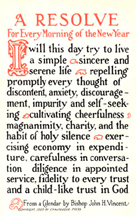


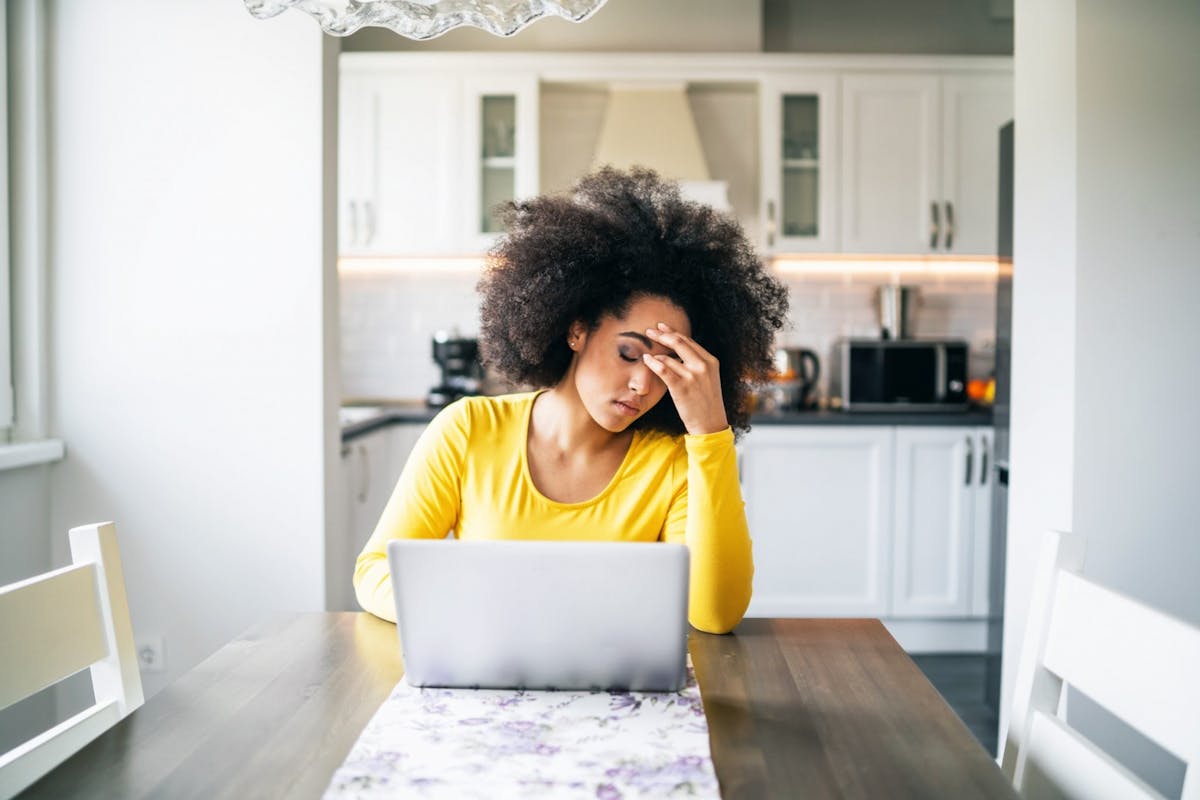
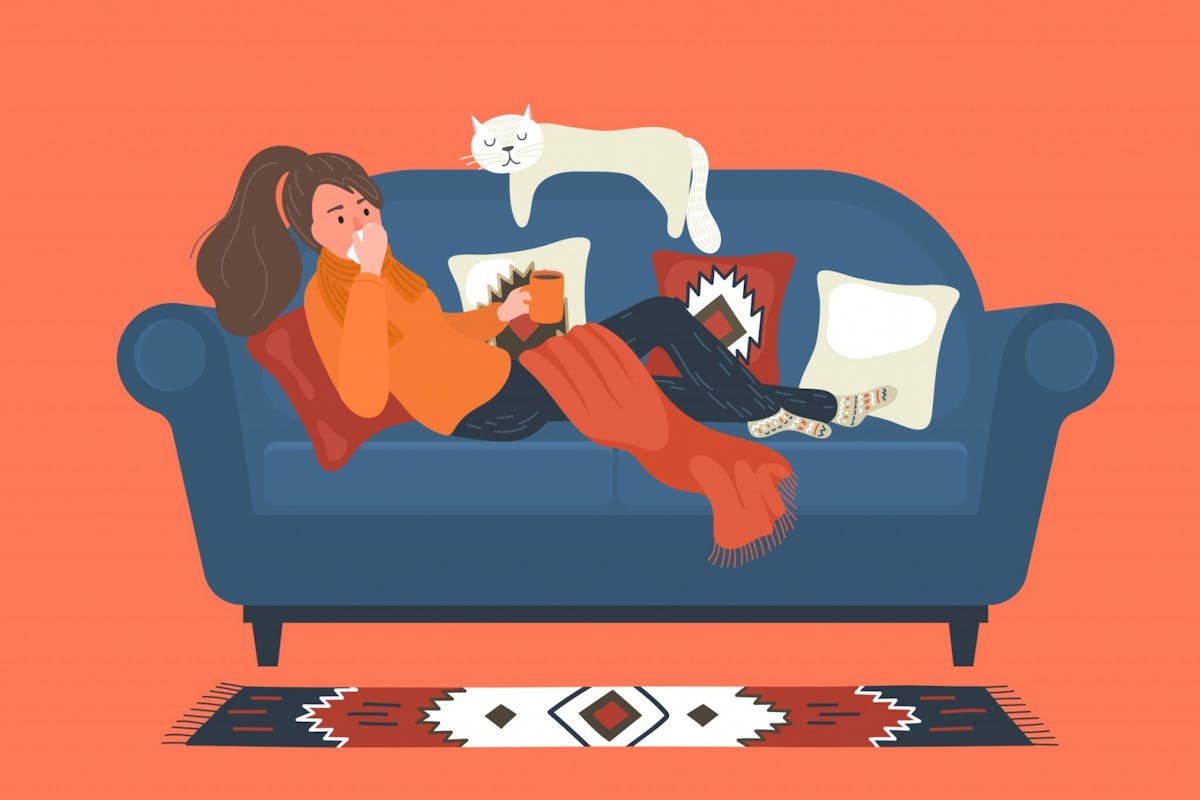
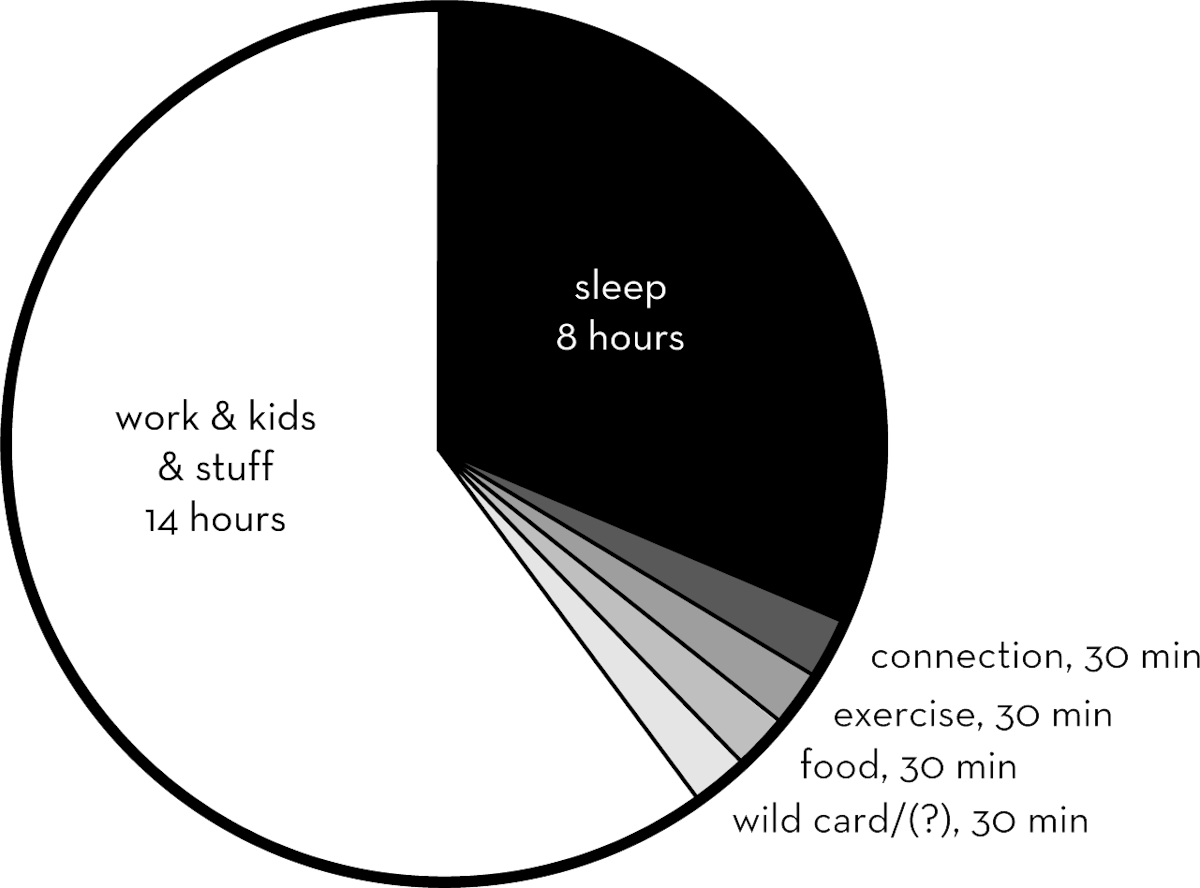 • Eight hours of sleep opportunity, give or take an hour.
• Eight hours of sleep opportunity, give or take an hour.